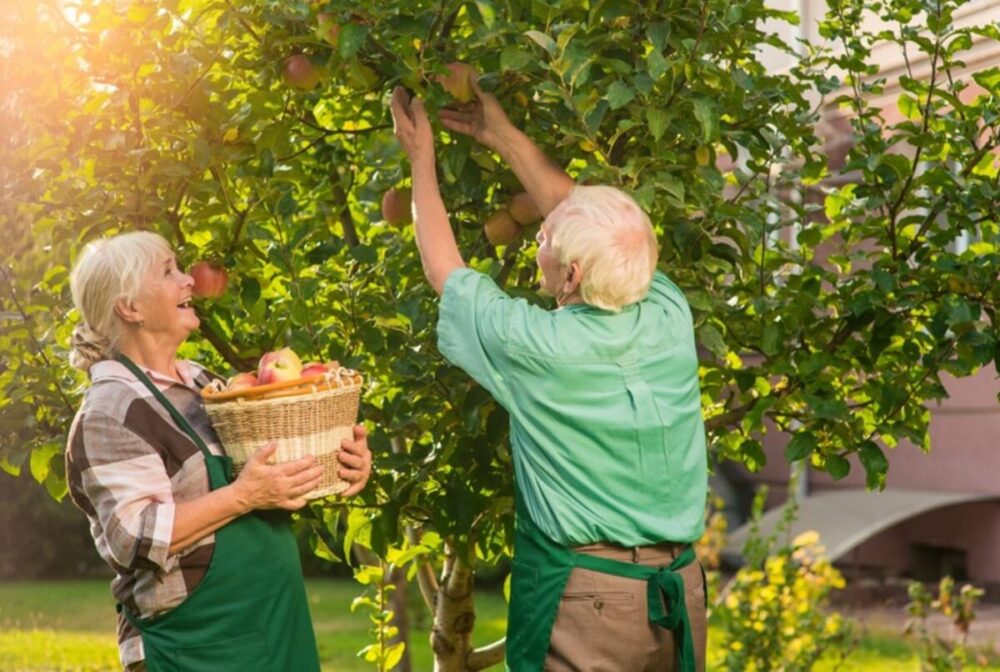Nothing calms like a big tree shade on a hot summer day. Sounds idyllic and it looks fabulous. Further, a well-maintained landscape in your backyard could increase your property value massively. Actually, one of the main reasons people are buying homes instead of condominiums is the backyard. The peace, serenity, and privacy are priceless for most. So, without any wish to rain on your parade, I must also say this – it’s hard work and can leave a sizable dent in your budget. Let’s see what proper care actually implies.
Pick the right kind of tree
Obviously, the first and the most important step in the whole process of planning your landscape. Be aware of the climate you’re living in, and plant accordingly. If the winters are harsh and there is little sunlight, you should pick more sturdy trees that are capable of enduring such conditions. If in doubt, don’t do it, but rather ask the professionals like Bark & Branch. Planting the wrong kind of tree will cost you dearly and your effort will be fruitless (pun intended). I know lemon trees look amazing and spread the citrusy aroma across the whole property, but you have to be realistic.
Match your living conditions with your wishes if you want to enjoy your yard space. As previously stated, but it’s worth repeating it, call professionals if you’re not sure for any reason. They have the knowledge and experience needed to make your neighbors turn heads towards your magazine-worthy backyard.
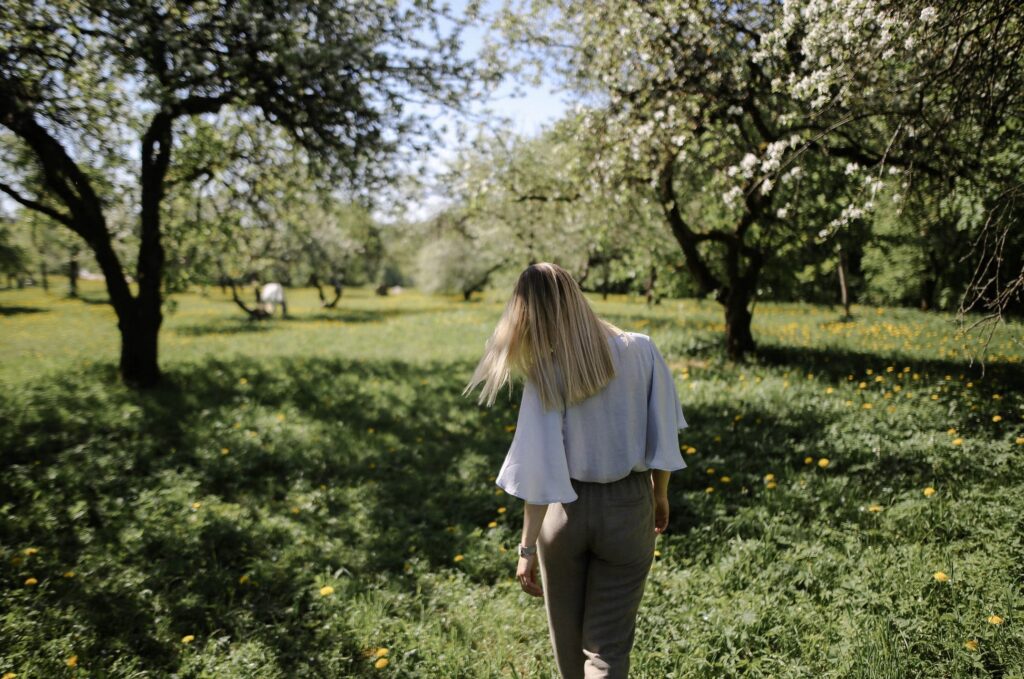
Give a tree a proper support
A young tree can be especially vulnerable to high winds and heavy rain. Harsh conditions can break its branches and in some extreme cases damage its roots. A new tree needs special care that will help it grow strong. Putting stakes on each side of the trunk to make it more stable and secure during the strong winds will keep it in place. When you see that the tree is strong enough to endure rough weather, remove the stakes immediately so that they don’t interfere with the growth of the plant.
Mulch or grass?
The short answer – mulch. The grass is a live plant that will take all the necessary nutrients and water away from the roots of the tree. Well-maintained green grass around the tree might look picture-perfect, but it’s actually hurting your tree, especially the youngsters. New trees are not strong enough to suck in all the moisture and minerals from the ground when obstructed by grass. To protect it, put mulch around the trunk. Do not hard-pack it because it will prevent the nutrient-carrying water to get to the roots. Loose mulch is quite enough to avoid weeds growing around it and stalling the growth.
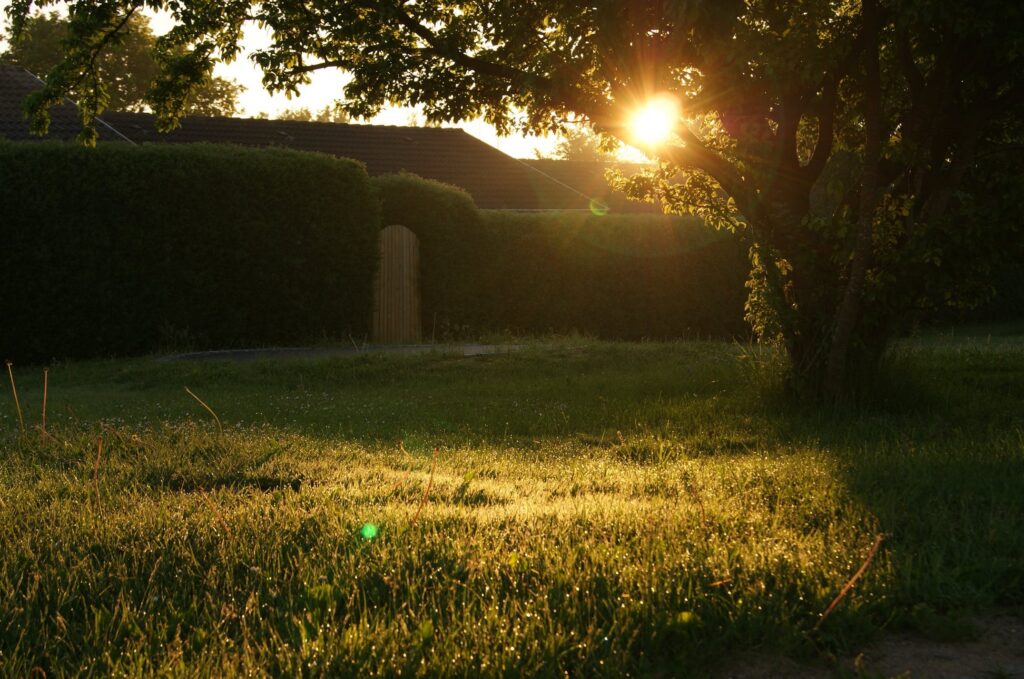
Water properly
Sprinklers are great for grass with shallow roots, but they do nothing for the trees. For a tree to get enough water, especially during the summer months, it will take much more. The proper way to water the tree is simple: water, then wait for the soil to dry a bit, then water again, then wait for the roots to soak it up, and water some more. Not a complicated process but it takes patience and time. If you love your trees and the oxygen and shade they provide, put some effort into keeping them alive. Water, besides sunlight, is the source of life for the plants, so do it the right way.
Fertilization
We understand your enthusiasm, but the truth is that mature trees don’t need to be fertilized at all if they are growing the way they’re supposed to, green and strong. Young trees, on the other hand, might need some help in this department. To aid their growing fertilize them from time to time, not too much. Once every couple of months is quite enough until they are fully established plants. If you’re unsure which fertilizer to implement, a soil test can help you out. Home department stores and garden centers have them in stock, or just consult experts.
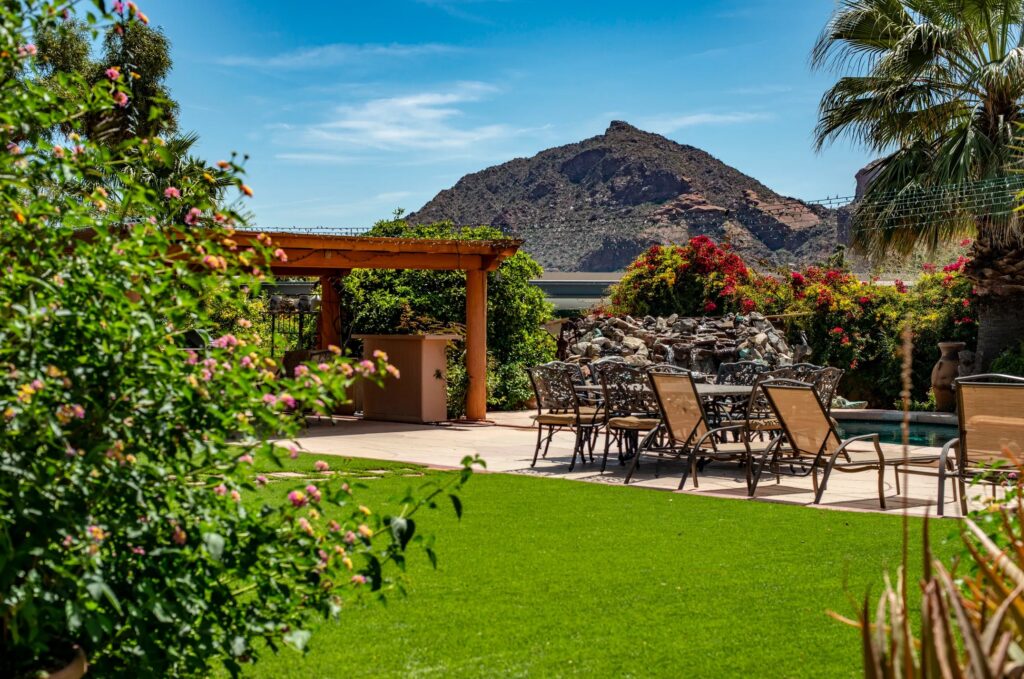
Pruning
This goes under regular maintenance. Pruning is an essential part of taking care of your backyard. It’s vital for two main reasons: it strengthens your tree and it protects your property from damages caused by falling branches. Pruning cuts, heading cuts… Do you really know what that means? Do you have the tools needed to prune correctly? Right. So, pruning cuts would be cutting the whole carrying branch with all the small branches attached, while heading cuts are cutting only that branch. In either case, you will need a professional crew to do it. There are certain times of the year when pruning is recommended and when it can damage the growth. So, to avoid the guessing game, choose some local tree-cutting service to do the work for you, and do it properly.
Protection
Now, protection is a multilayer statement. There are several things you need to protect the tree from. First up – the trunk. Lawnmowers and weeders can damage the trunk leaving it vulnerable to flesh-eating insects. Protect the young trees with a plastic wrap, that would be enough.
The roots. Protecting the roots is like protecting the heart and soul of the tree. The roots provide food and water for the plant and keep it healthy and strong. They can grow deep and wide, and every inch should be left to grow unobstructed. Parking cars and trucks close to the trunk of the tree will definitely hurt the roots and tight-pack the soil underneath obstructing the flow of the much-needed water and nutrients. Sure, you need a shade for your baby truck, but do you really want to compromise the growth of your tree because of it? Didn’t think so.
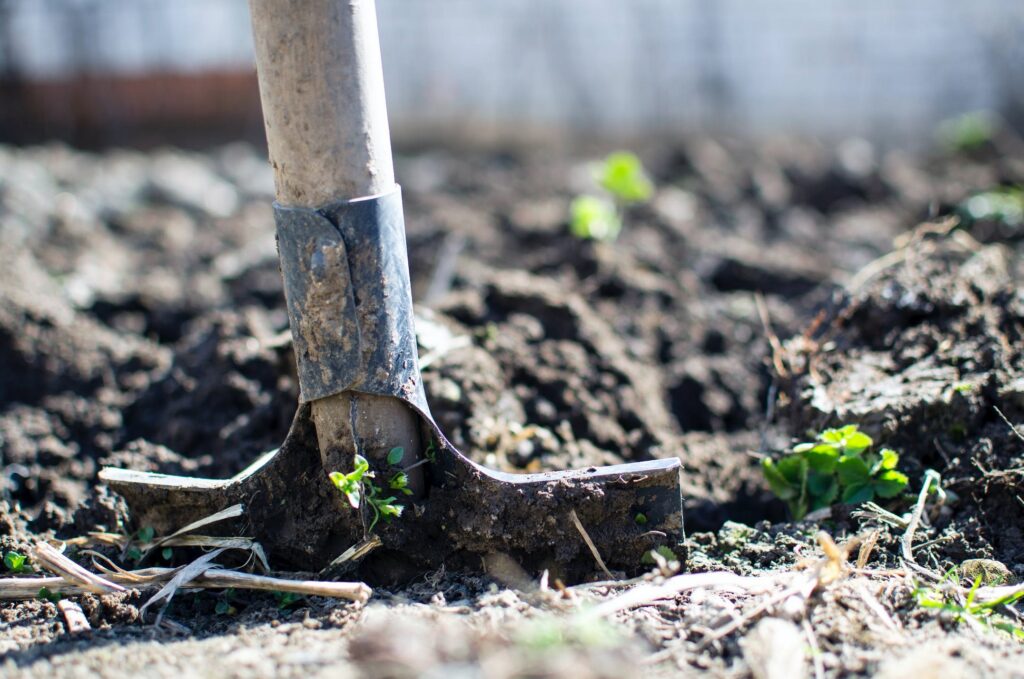
One word – pests. There are thousands of these little bugs that can take down a full-grown tree. Caterpillars and Japanese beetles and so many more are the enemies of the plants. To fight them by yourself would be most likely futile. If those buggers take over your backyard, call the pros. Fighting them by yourself with the store-bought sprayers and solutions is not enough.

